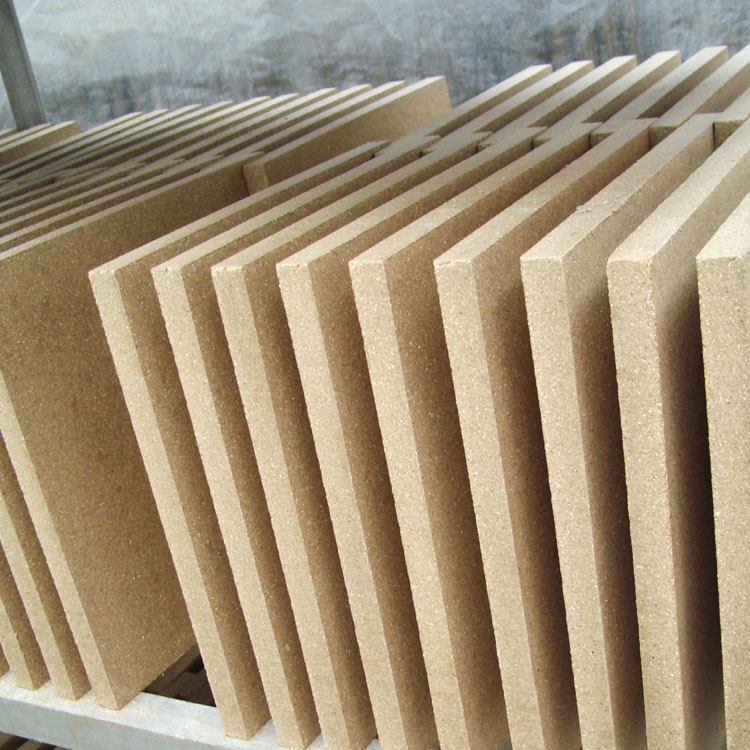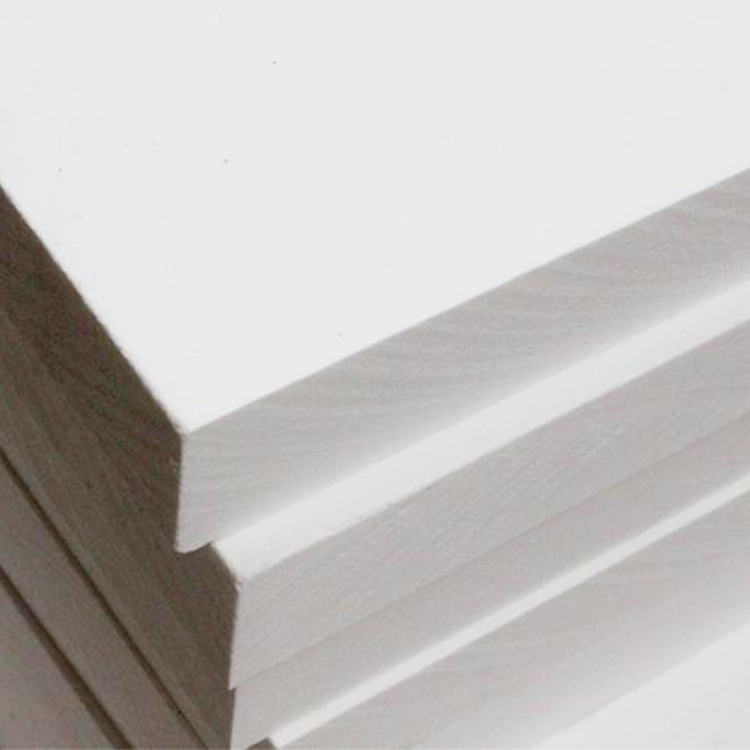
In the steelmaking industry, efficiency and quality directly hinge on thermal management during ladle heating. However, many steel exporters grapple with prolonged temperature ramp-up times and uneven temperature distributions within the ladle insulation layer. These challenges undercut production throughput and risk compromising molten steel quality. Addressing these bottlenecks calls for a reimagined insulation approach, and high-performance refractory insulation boards featuring alumina-enriched compositions offer a promising solution.
Typical ladle heating processes often suffer from two main issues: slow temperature increase and inconsistent heat spread, driven by limitations in conventional insulating materials and suboptimal design. Standard insulation layers tend to be thick and comprised of traditional refractory bricks, resulting in longer heat penetration paths and thermal gradients across the ladle wall. This not only delays critical production stages but also causes localized overheating or underheating that can generate defects in steel quality.
Sunrise's alumina-rich refractory insulation boards introduce a paradigm shift in ladle thermal management. By incorporating high-grade alumina components, these boards deliver exceptional thermal stability and low thermal conductivity. This allows for a strategic reduction in insulation layer thickness—up to 20% compared to conventional bricks—without sacrificing heat retention or mechanical robustness.
The layered insulation design further optimizes thermal gradients by integrating these boards as an intermediate insulating stratum, effectively smoothing temperature distributions across the ladle shell. This approach minimizes hotspots and thermal stress, leading to enhanced operational longevity and reduced maintenance intervals.
| Parameter | Traditional Bricks | Sunrise Alumina Boards |
|---|---|---|
| Thermal Conductivity (W/m·K) | 1.4 – 1.7 | 0.8 – 1.0 |
| Recommended Insulation Thickness (mm) | 80 – 100 | 60 – 80 |
| Heating Time Reduction (%) | — | Approx. 15 – 20% |
Field trials conducted on export-focused steel facilities demonstrated that integrating Sunrise alumina refractory insulation boards into ladle lining systems shortened the average heating ramp-up time from 90 minutes to approximately 75 minutes—representing a time saving of nearly 17%. Temperature uniformity tests revealed a reduction in thermal variance across the ladle shell by up to 30%, significantly curbing hotspots that typically degrade steel quality.
These benefits cumulatively contribute to increased ladle service life and more predictable production cycles, key metrics for exporters seeking to optimize costs and meet stringent delivery schedules.

Besides innovating material composition, fine-tuning process parameters is essential to unlock full benefits. Recommendations for operational adjustments include:
These targeted measures reduce variability in heating performance and extend refractory lifespan, directly improving export throughput consistency.

Enhanced ladle heating uniformity and efficiency improve production reliability, allowing exporters to meet tight delivery timetables without compromising molten steel integrity. Moreover, the durability of Sunrise alumina boards reduces downtime due to maintenance or lining replacement, trimming operational expenditures. These advantages create competitive leverage in global markets where quality consistency and lead time adherence are critical.



